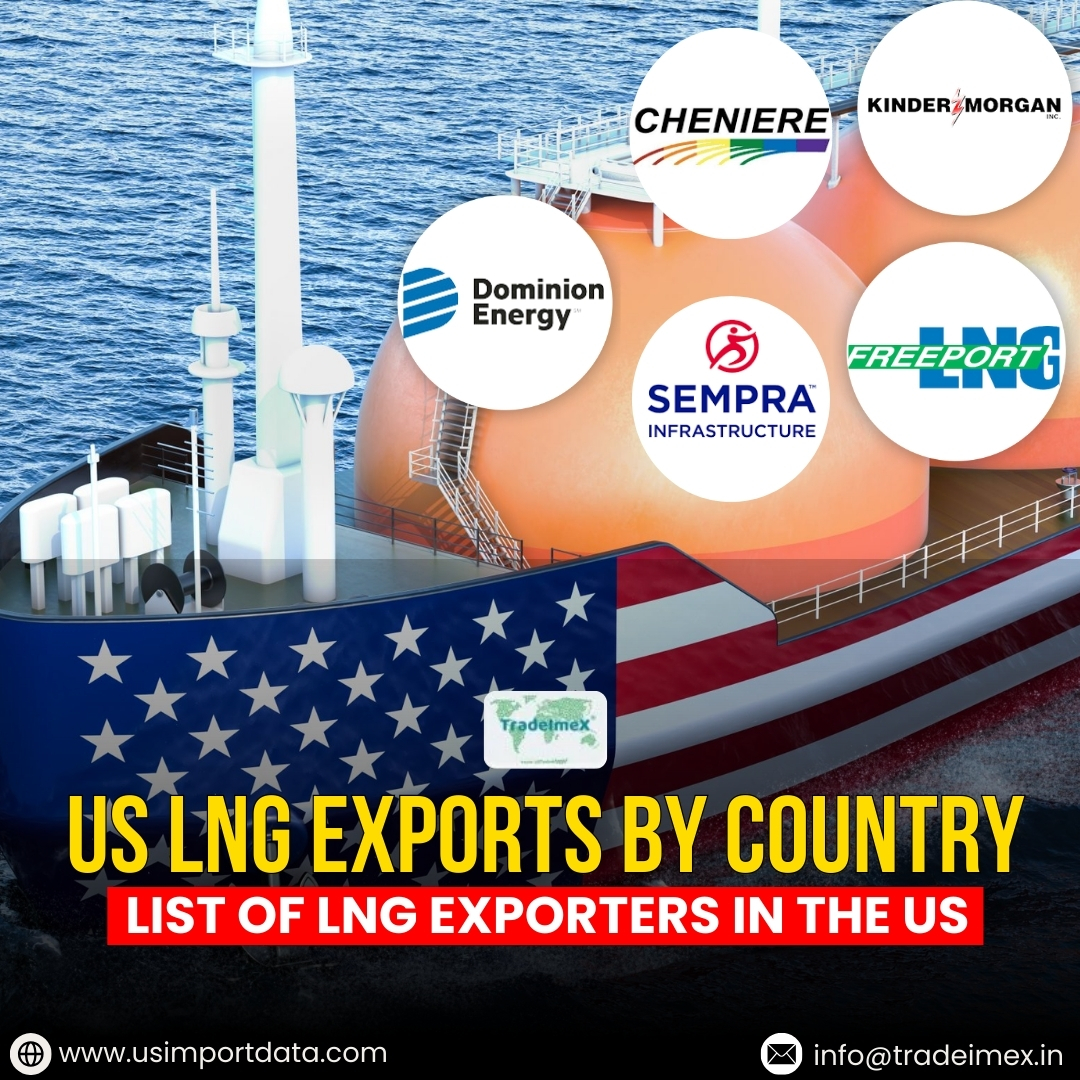Liquefied Natural Gas (LNG) has become one of the most sought-after energy sources worldwide, fueling industries, power plants, and transportation systems. With rising demand for cleaner energy alternatives, LNG exporters are playing a crucial role in meeting global energy needs. This blog explores the top LNG exporters, key export destinations, and how US LNG exports are shaping international trade.
Understanding LNG Exports and Their Importance
LNG is natural gas that has been cooled to a liquid state for easy storage and transport. Unlike pipeline gas, LNG can be shipped across the globe, making it a crucial part of the international energy supply chain. LNG exporters help meet the growing demand for natural gas, particularly in countries with limited domestic production.
Top LNG Exporters in the World
Several countries dominate the global LNG export market, with the United States emerging as a leading supplier. The top LNG exporting nations include:
- United States – Thanks to increased shale gas production and advanced liquefaction facilities, the US has become the world’s top LNG exporter.
- Qatar – A long-time leader in LNG exports, Qatar has vast reserves and extensive liquefaction capacity.
- Australia – Rich in natural gas resources, Australia remains one of the top LNG suppliers, particularly to Asian markets.
- Russia – Despite geopolitical tensions, Russia continues to export LNG, mainly to Europe and Asia.
- Malaysia – As a stable LNG exporter, Malaysia supplies gas to key partners in the Asia-Pacific region.
These countries leverage their resources, infrastructure, and trade agreements to maintain their dominance in the LNG market.
US LNG Exports by Country
The United States has transformed into a global LNG powerhouse, exporting LNG to various regions. Some of the key destinations for US LNG exports include:
- China – A major buyer of US LNG due to its high energy demand and commitment to reducing coal consumption.
- South Korea – One of the top LNG importers, relying on US supplies for energy security.
- Japan – With a heavy dependence on LNG, Japan imports significant volumes from the US.
- India – Expanding its LNG imports to meet growing industrial and domestic needs.
- European Union (EU) – The US supplies LNG to several European countries, particularly amid the push for energy diversification.
With rising geopolitical shifts and energy security concerns, US LNG exports are becoming a strategic asset for global trade.
Factors Driving the Growth of LNG Exports
The LNG export market is expanding due to multiple factors:
- Rising Demand for Clean Energy – Many countries are transitioning from coal to LNG to reduce carbon emissions.
- Technological Advancements – Innovations in liquefaction and transportation have enhanced LNG supply chains.
- Geopolitical Developments – Trade agreements and energy security concerns influence LNG export strategies.
- Infrastructure Development – New LNG terminals and shipping routes are enabling higher export volumes.
Challenges in LNG Exports
Despite strong demand, LNG exporters face several challenges:
- Price Volatility – Fluctuations in gas prices impact profitability.
- Regulatory Issues – Environmental policies and export regulations can create hurdles for suppliers.
- Supply Chain Constraints – Logistics and shipping constraints affect timely deliveries.
- Geopolitical Tensions – Trade restrictions and political conflicts can disrupt LNG exports.
To sustain growth, LNG-exporting nations must adopt flexible strategies to navigate these challenges.
Future Trends in LNG Exports
Looking ahead, several trends are likely to shape the LNG export market:
- Increased US Dominance – The US is expected to continue expanding its LNG export capacity.
- Renewable Integration – LNG will complement renewable energy sources in global energy transitions.
- Emerging Markets – Countries in Africa and South America will become new LNG import hubs.
- Sustainable LNG Solutions – Carbon-neutral LNG and hydrogen-LNG blends will gain traction.
Conclusion
LNG exporters are at the forefront of the global energy revolution, ensuring a stable supply of natural gas to meet growing demands. With the US leading the export market, LNG trade dynamics are evolving, impacting global energy security and economic growth. By staying ahead of market trends and challenges, LNG exporters can continue to shape the future of energy trade.
For more insights on US LNG exports, visit USImportData.









